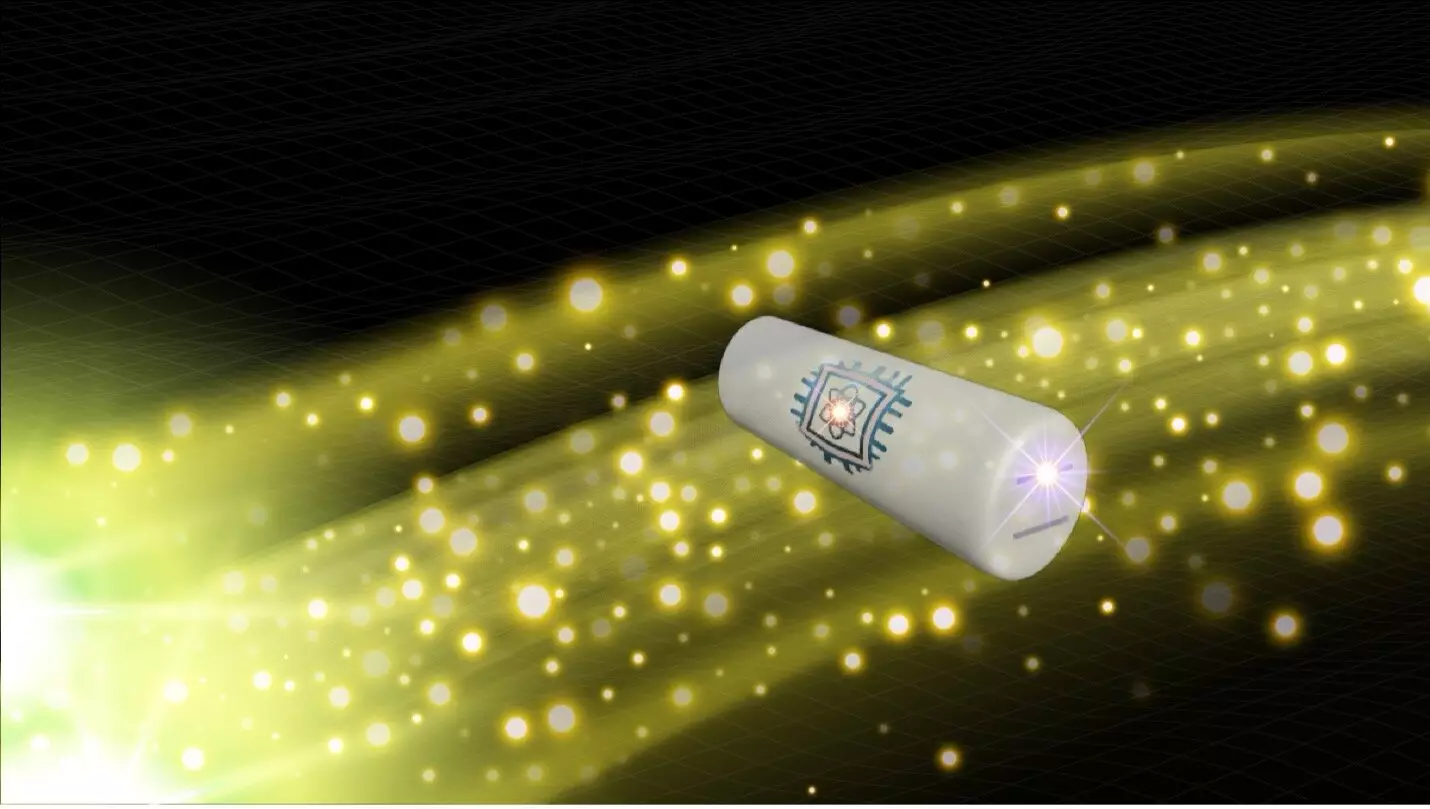The realm of physics has long been divided between the macroscopic laws of gravity as articulated by Newton and Einstein, and the intricate principles of quantum mechanics delineating the behavior of subatomic particles. While classical physics describes gravity effectively, the pursuit of a unified theory that encompasses both gravity and quantum mechanics has proven elusive. Recently, a significant breakthrough has emerged from a team of researchers led by Igor Pikovski at Stevens Institute of Technology. This team has proposed a groundbreaking method for detecting gravitons—the theoretical particles that are believed to be the quantum constituents of gravitational forces. Their findings, detailed in *Nature Communications*, suggest that such measurements may soon be feasible, marking a major advance in our understanding of gravity.
Gravitons remain among the most enigmatic entities in physics. Unlike electromagnetic or weak forces, gravity has eluded experimental scrutiny at the quantum level. Gravitons are theorized to be massless, virtual particles that mediate the force of gravity, yet they have never been directly observed. Traditional gravitational wave detectors such as LIGO are adept at identifying large-scale gravitational phenomena, such as black hole mergers, but they fall short in isolating the single gravitons that are thought to permeate these events. This gap in detection poses a significant question: How can scientists move beyond the limitations of current technology to witness these elusive particles?
A New Experimental Paradigm
Pikovski’s innovative approach hinges on the use of quantum sensing to investigate these particles. The core of their method involves a sophisticated coupling of an acoustic resonator—a robust, cylinder-like device—enhanced with advanced energy state-detection technologies. This method is akin to the photoelectric effect, which was pivotal to the development of quantum theory itself. By cooling materials to ultra-low temperatures, the physicists can monitor how energy shifts in discrete increments, providing a potential pathway to detect the interaction of gravity with matter. The team aptly named this novel phenomenon the “gravito-phononic effect,” signaling a convergence between gravitational waves and sound-like vibrations in materials.
Leveraging Existing Data
One of the team’s compelling innovations involves the integration of existing data from LIGO to facilitate their experimental design. While LIGO excels at capturing the broad strokes of gravitational waves, it does not have the resolution to detect single gravitons. However, by cross-referencing gravitational wave data with their anticipated measurements, Pikovski’s team aims to isolate the signals indicative of individual graviton interactions. This approach allows for a symbiotic relationship between current gravitational wave observatories and emerging quantum detection technologies, blurring the lines between established and theoretical physics.
Technological Impediments and Future Prospects
Despite the promising theoretical underpinnings, the path to detecting gravitons is fraught with technological challenges. Current sensing technologies have not yet achieved the necessary sensitivity to capture the minute interactions predicted by the gravito-phononic effect. However, as the field of quantum technology evolves rapidly, the researchers express optimism about overcoming these hurdles. By drawing inspiration from past successes and current advancements in quantum mechanics, the team believes that the dream of graviton detection may not be as distant as previously thought.
Foundational to the success of this experiment is the design and implementation of new quantum detectors capable of identifying single graviton signatures. The experimental setup would entail using a mechanical bar similar to the Weber bar—historically significant for its role in early gravitational research—to vibrate ever so slightly upon interaction with gravitational waves. Sensitive enough to capture quantum jumps, this theoretical apparatus would illuminate the particles responsible for one of the fundamental forces of nature.
By drawing parallels with Einstein’s theories, the researchers aim to encourage a paradigm shift in experimental physics—showcasing that it is indeed possible to expand the boundary of what can be achieved. As technological advancements occur, there is great anticipation for when scientists can finally detect these quantum particles, leading to new realms of understanding regarding the fundamental nature of gravity.
The groundbreaking research led by Igor Pikovski not only charts a course towards detecting gravitons but also inspires a broader dialogue on unifying the forces of physics. The challenges inherent in bridging quantum mechanics with classical gravitational theory underscore the need for innovative approaches and collaborative cross-pollination between different fields of study. As physicists edge closer to realizing the dream of observing single gravitons, the implications could redefine our understanding of gravity itself. The quest is not merely academic; it holds the potential to unlock new dimensions in physics, complementing the grand narrative of the universe.


Leave a Reply